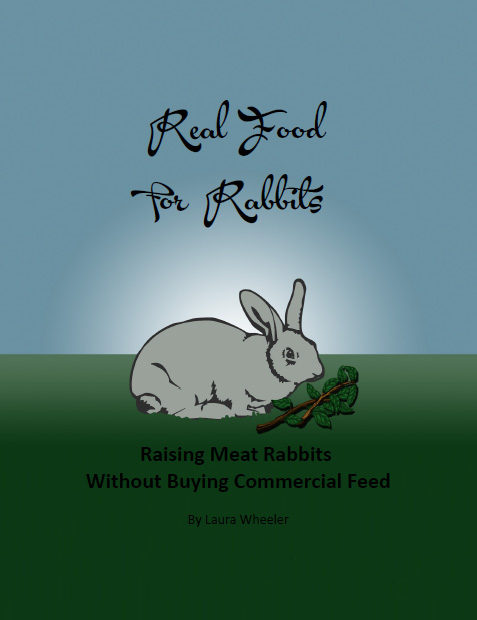Click to Download Your Free Heritage Pickling and Culturing e-Book Now!
Instant Download, NO Registration Required!
Seasonal Eating
In the US, we have largely lost the traditions involved in seasonal eating. The corporate distribution chain has overtaken our instinctive and cultural food usage, and we are now persuaded that we must have lettuce, spinach, celery, carrots, tomatoes, and zucchini year round, and that apples, oranges, and bananas are sufficient fruits for any month of the year.
Do you realize how UNNATURAL that is?
Whatever happened to regional crops? What has happened to the wider variety of fresh fruits and vegetables that used to parade through the grocery stores through the summer, and fade in the winter? Now, the only thing that changes, is the price! The store stocks the same produce all year, imported from Chile when it is out of season here!
Traditionally, people ate more fruits and veggies in the summer, and more meats, dried foods, and cured foods through the winter.
- Ham was a fall and winter food. Hogs were slaughtered in the cool of late fall or early winter (so the carcass would cool quickly), and cured and smoked for use through the winter.
- Greens were a spring food - they don't grow well in the summer, you know, and in the fall, there are other foods which are bearing. In Europe, greens are also a winter food - they grow very well under protection, well into the freezing temperatures.
- Lamb, mutton, veal, chicken, and other small animals were summer food, because they could be butchered and used within a few days, and did not need to be stored.
- Fruits were consumed in season. Did you know that beginning with early berry harvests, that there is SOME kind of fruit coming into ripeness almost constantly from late May to October? A well planned farm will have fruits bearing in a kaleidoscope of production all summer long, and deep into the fall. Strawberries, raspberries, blueberries, blackberries, apricots, plums, peaches, pears, prunes, apples. You eat all you want, and preserve the rest for winter treats.
- Grains were harvested in the fall, and stored for use all year. Usually used more heavily in the winter, and spring, when vegetables were less prevalent, and less so in the summer when last year's grains were running low.
- Milk was plentiful in the spring and summer when forage is lush and the cows and goats have just freshened. So spring and summer were also cheesemaking times. Milk production begins to slack in the fall, when cows are becoming heavy with calves, and goats are ready to breed again, and when fresh forage is starting to decline, and there is no milk at all when the cows and goats are preparing for birth and dropping their young. So spring and summer, and even in the fall, fresh cold milk was used more. In the winter, cheese and butter were available from what was preserved through the summer.
- Potatoes, Squash, Cabbage, Rutabagas, Carrots, Parsnips, Onions, and other storable vegetables were staples through the winter, and kept in a root cellar to supply the kitchen until the greens were up in the spring.
- Shelly beans, split peas, lentils, and other legumes were dried and stored to supplement winter food supplies. They do not store as well as grain, so they degrade in quality and become difficult to cook (and to digest) toward spring if they are not kept airtight.
Seasonal foods allow the body to take advantage of varied nutrients, and signal the body that it is well-nourished. Eating seasonally helps us live more economically, and to enjoy a parade of flavors that cycle with the seasons.
Notice
The information on this site is presented for informational purposes only, and consists of the opinions and experiences of the site authors. It is not to be construed as medical advice or to be used to diagnose or treat any illness. Seek the assistance of a medical professional in implementing any nutritional changes with the goal of treating any medical condition. The historical and nutritional information presented here can be verified by a simple web search.
I do what I do because I understand the science behind it, and I've researched worldwide sources to verify the safety of my practices to my own satisfaction. Please do your own research, and proceed AT YOUR OWN RISK.







